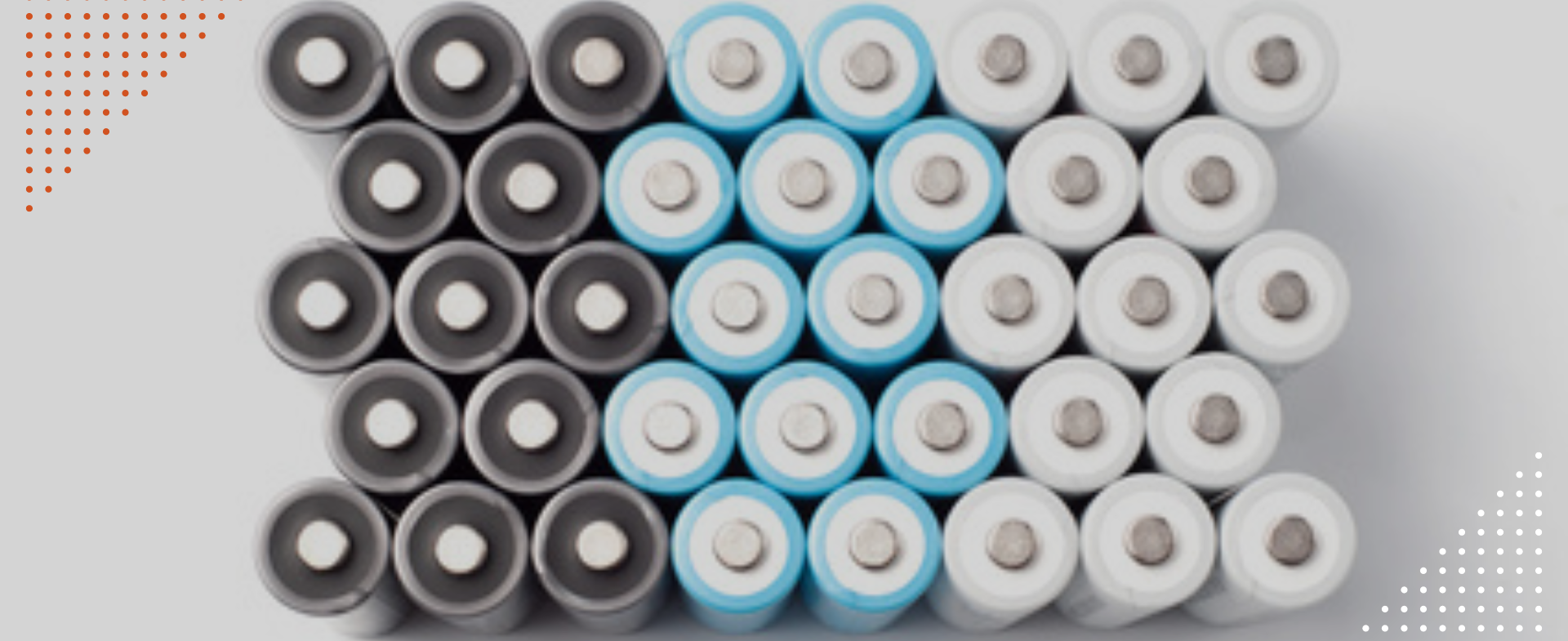Whether lead, gel or lithium, the auxiliary battery plays an important role in the operation of the electronics on board, for example, a motor home or boat.
Historically used for battery design, lead and gel chemistries are gradually giving way to more modern technologies such as lithium because of its many advantages.
Among these old and new chemistries, it can be difficult for manufacturers to select the most suitable for consumer needs.
Lead-acid and gel batteries: historic technologies
Lead-acid batteries
Lead is the oldest chemical element used in battery design for mobility. Widely used in motorhomes and boats, lead-acid batteries have the advantage of being more affordable than other types of batteries.
However, these advantages are limited by a lack of performance. Indeed, lead-acid batteries are limited in the amount of current they can deliver. In order to increase their capacity, it is necessary to parallelize them, but this leads to greater weight and bulk.
In addition to this limited power density, lead-acid batteries offer a small amount of energy storage and need to be replaced frequently due to their short life span. These limitations can be more costly in the long run, even if the price of these batteries is still attractive.
Gel batteries
Gel batteries use a more modern technology that uses a gel electrolyte, unlike lead-acid batteries which have a liquid electrolyte. On a boat as well as in a motor home or a professional utility vehicle, this is a real advantage of gel batteries because the gel ensures good resistance to vibrations.
The main advantage of gel batteries is their low self-discharge rate, which is essential for auxiliary batteries on a boat or motor home. Compared to lead-acid batteries, gel batteries have a higher energy storage capacity, which can make them functional over longer time periods. However, their limitation is that they are slow to recharge.
Lithium: a strategic choice for a auxiliary battery
Lithium batteries have been around for many years, but their use has recently become more widespread thanks to technological developments and all-electric solutions.
Choosing a lithium auxiliary battery allows manufacturers to guarantee their customers
- More comfort: Lithium batteries are ideal for small spaces, especially in motor homes and boats, because of their size and weight. Indeed, they have an excellent volume/power ratio compared to a lead or gel battery;
- More autonomy: Lithium is an efficient solution for a service battery because of its high energy density and its ability to withstand deep discharges (up to 80% or more) without damaging the battery cells. Unlike lithium batteries, lead-acid batteries do not provide enough voltage for normal operation of an application beyond 50% discharge;
- Longer life than a lead-acid battery: One of the most commonly used lithium grades in battery design for electric mobility is lithium LFP (Lithium Iron Phosphate). This type of lithium battery has 1,200 to 3,000 charge and discharge cycles before reaching 70% of its initial capacity. A lead-acid battery has 500 to 1200 cycles.
- Intelligent on-board electronics: Another special feature of lithium batteries is their intelligence. Indeed, they are the only batteries with a BMS (Battery Management System). This electronic card allows the battery to be monitored and to reinforce its safety during use, to boost its performance and its lifespan.
Recharging a auxiliary battery
Recharging a service battery can be done in two ways:
- With an AC/DC charger that allows the battery to be connected to a mains socket;
- With a DC/DC converter charger to recharge the auxiliary battery directly from a vehicle’s starter battery. Once the vehicle is running, the alternator emits a D+ voltage in order to automatically start the charging of the service battery by the charger-converter without any human intervention.
As an expert in energy conversion, Selfenergy offers AC and DC solutions. In particular, the design office has developed an intelligent DC/DC charger-converter suitable for all auxiliary batteries, whatever the technology on board: lead, gel or lithium.
Selfenergy’s DC converter ensures a complete recharge (acceptance/boost/absorption/floating/maintenance), reliable and secure thanks to customised charging profiles developed according to the technology of your auxiliary battery.
As an engineering design office, Selfenergy also offers its customers tailor-made developments to meet the specific requirements of each project.
